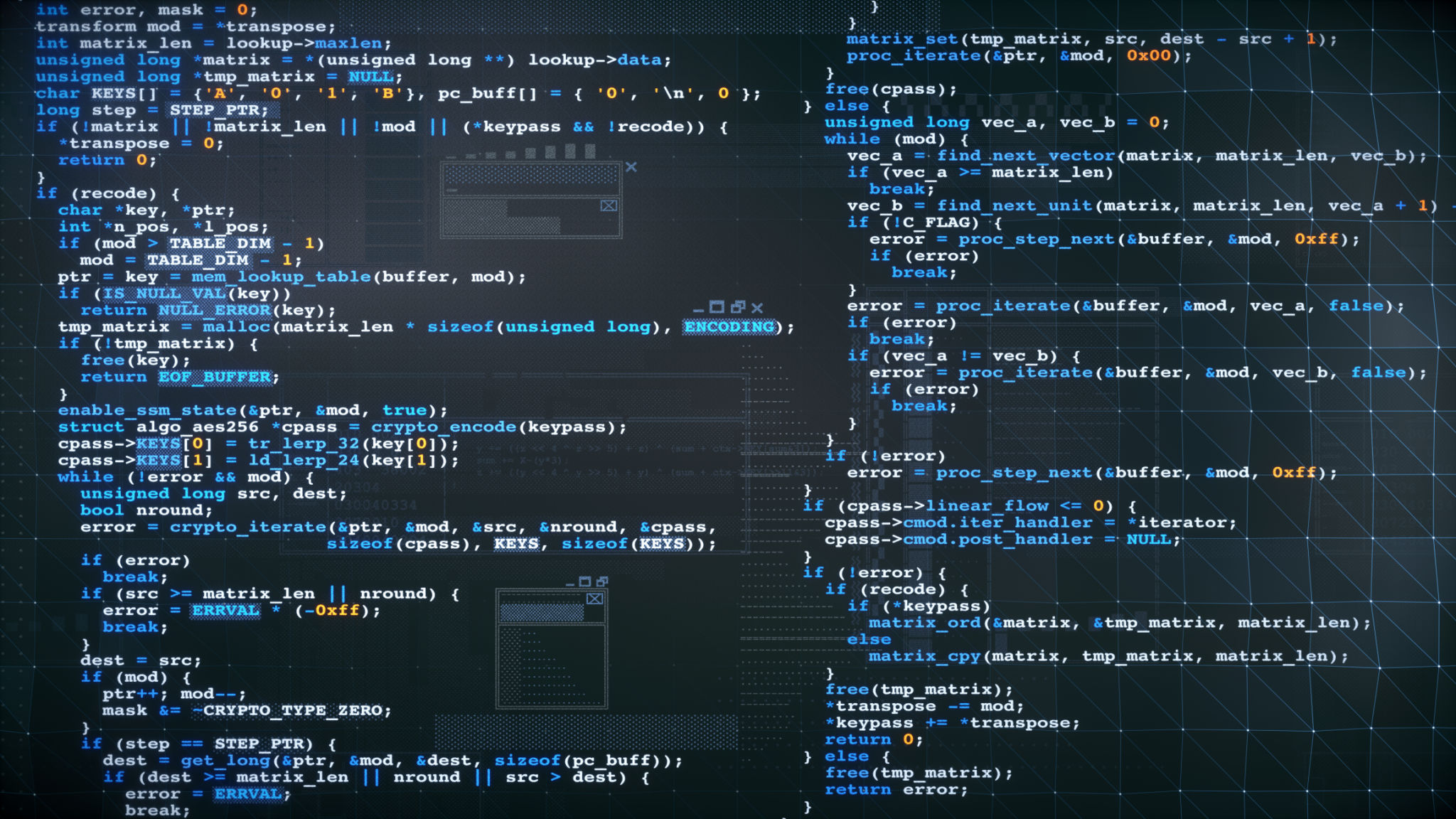Mastering Algorithmic Trading: A Comprehensive Guide for Beginners
Understanding Algorithmic Trading
Algorithmic trading, often referred to as algo trading, is a method of executing trades using pre-programmed instructions that account for variables such as timing, price, and volume. This approach leverages the power of computers to execute trades at speeds and frequencies beyond human capabilities. For beginners, understanding the basics of algorithmic trading is crucial to mastering this lucrative financial strategy.
At its core, algorithmic trading eliminates the emotional and psychological aspects of trading decisions. By relying on data and algorithms, traders can minimize errors caused by human emotions like fear and greed. This automation also allows for more consistent and reliable execution of trades.

Building a Foundation: Key Concepts
Trading Algorithms
Trading algorithms are the backbone of algorithmic trading. These algorithms are sets of rules or instructions that dictate when to buy or sell assets. They can be simple or complex, depending on the strategy and market conditions. Understanding how to develop and implement these algorithms is a fundamental skill for any aspiring algo trader.
Data Analysis
Data analysis is another critical component of algorithmic trading. Traders use historical data to backtest and optimize their algorithms. This process involves analyzing past market data to predict future price movements, enabling traders to refine their strategies for better performance.

Getting Started with Algorithmic Trading
Choosing the Right Platform
Selecting the right trading platform is essential for beginners entering the world of algorithmic trading. Platforms like MetaTrader, NinjaTrader, and TradeStation provide powerful tools and resources for developing and deploying algorithms. Consider factors such as ease of use, available features, and community support when choosing a platform.
Learning Programming Languages
Most algorithmic trading platforms require knowledge of programming languages such as Python, R, or C++. These languages offer extensive libraries and frameworks for building and testing trading algorithms. Beginners should focus on learning the basics of these languages to effectively create and manage their trading strategies.

Developing Your Trading Strategy
Developing a successful trading strategy involves identifying opportunities in the market, setting clear goals, and continuously refining your approach. Start by defining your risk tolerance and investment objectives. Then, research various trading strategies, such as trend following, mean reversion, or arbitrage, to determine which aligns best with your goals.
Backtesting is an essential step in this process. By simulating trades with historical data, you can assess the viability of your strategy before deploying it in the live market. This iterative process helps in fine-tuning your algorithm for better results.

Risk Management and Monitoring
Effective risk management is crucial in algorithmic trading. Implementing stop-loss orders, position sizing, and diversification are key strategies to mitigate potential losses. Always be prepared for unexpected market changes that could impact your trading.
Continuous monitoring of your algorithm's performance is equally important. Use analytics tools to track performance metrics and make adjustments as needed. Staying informed about market news and trends can also provide valuable insights for refining your strategy.